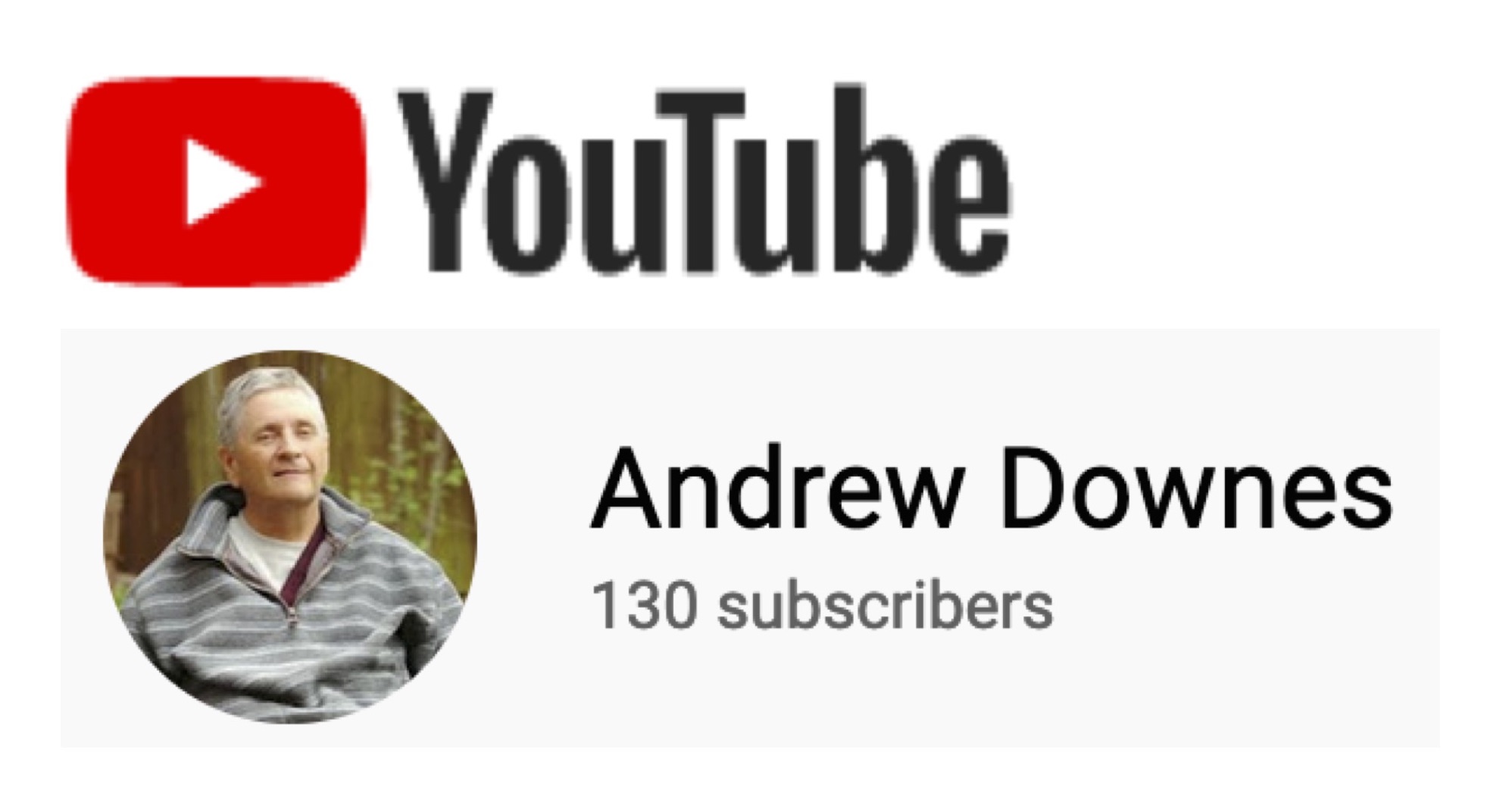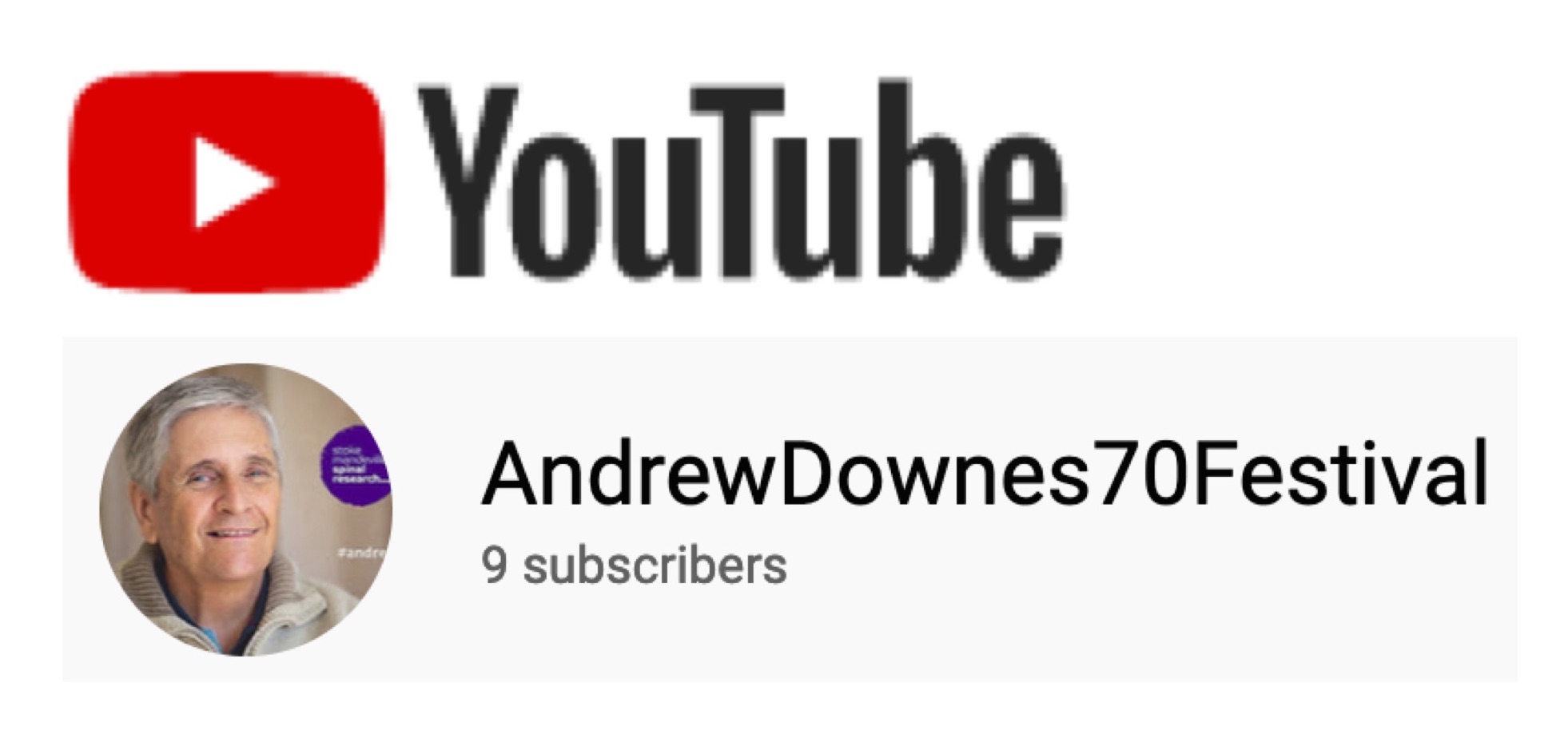Back to andrewdownes.com

Music Education
Resources by Paula Downes, a lot of music by Andrew Downes
Analysis and Performance through Film:
Song No.5, The Curtains Now Are Drawn
On this page:
Analytical Description of 'The Curtains Now Are Drawn'
Performing the Song
Film Adaptation
View Score Composer Information
Analytical Description
This poem was written in 1913 with Emma in mind, firstly during the period of courtship in Cornwall, secondly after her death.
For poetic effect, the rectory at St. Juliot seems to be imagined near the harbour at Boscastle. The suggestion in the context of 'jagged', 'surly', and 'sneering', is that, however hostile the circumstances, love is stronger: in the second stanza, love survives death.
The curtains now are drawn,
And the spindrift strikes the glass,
Blown up the jagged pass
By the surly salt sou'-west,
And the sneering glare is gone
Behind the yonder crest,
While she sings to me:
"O the dream that thou art my Love, be it thine,
And the dream that I am thy Love, be it mine,
And death may come, but loving is divine."
I stand here in the rain,
With its smite upon her stone,
And the grasses that have grown
Over women, children, men,
And their texts that "Life is vain";
But I hear the notes as when
Once she sang to me:
"O the dream that thou art my Love, be it thine,
And the dream that I am thy Love, be it mine,
And death may come, but loving is divine."
In stanza one, the first six lines of poetry are very dissonant with short vowels (i, a, u) and hard/sharp consonants (c, d, b, j, p). They are mainly iambic in meter, which creates a feeling of underlying tension. This song opens eerily with a piano melody in octaves marked p and Hauntingly. The opening melody in the piano begins in the dorian mode on A, but the voice enters against it, on a monotone on F; and the voice momentarily moves away from the monotone at the word 'strikes' on notes which are also not part of this mode. Further dissonance is created at the words 'jagged pass' which are set to notes which are not all part of the dorian mode on B, to which the piano changed a bar earlier. At line five of the poetry, the voice is on a monotone on G against the opening melody. G is part of the dorian mode on A, so does not create dissonance, portraying the fact that 'The sneering glare is gone'. There are several dissonant rumbling figures in the piano, which, interstingly, use the same notes (sometimes in different transpositions) as the flourish on 'blasts' in 'The Division', again creating unity in the cycle. There is a great deal of word-painting: 'strikes' is painted with an upward flourish in the voice; 'Blown up' is painted by a crescendoing monotone: 'jagged' is painted with scottish snap rhythms in the voice. For the last three lines the mood completely changes. There is a predominance of long dreamy vowels and the last three lines are trochaic in meter. The music is no longer dissonant. The piano has a quaver ostinato marked lightly, pp, lift fingers, allow pedal to sustain notes. The voice part is marked ethereal: the tessitura is very high and the dynamic marking is pp. Downes modulates slowly into a different mode for each person: 'thine' is in the lydian mode on G; 'mine' is in the mixolydian mode on F.
Hardy does not use so much dissonance in his poetry for the beginning of stanza two: the words seem to be more emotional than aggressive. Rather than the relaxing of tension which happens in stanza one, emotion builds up. The music is also less dissonant: the voice is now on a monotone A against the opening melody, which is now in the dorian mode on D. This time the melody moves on, rather than stopping for dissonant rumbling flourishes. From the bar containing the words, 'And the grasses...', the piano melody modulates sharpwards into the dorian mode on E and the voice moves up to a monotone on B, heightening the emotion. The piano melody finally moves, even more sharpwards, to the dorian mode on B ready for the climactic line, 'And their texts...'. The words and music for the final three lines is exactly the same as in stanza one.
Performing the Song:
For the opening melody the accompanist has to create great tension. One way could be to keep a completely even piano dynamic until the rumbling flourish. When the singer enters, the feeling of anger could be conveyed by spitting out the consonants, sustaining the vowels, and highlighting the word-painting (for example, by emphasising the scottish snaps). The word 'sneering' could be sung in an ugly/nasal fashion, but perhaps the singer could relax slightly at this point, because 'the sneering glare is gone'. At the word 'while she sings...', as Downes gives the singer a melody rather than a monotone, it is possible to sing with less restraint. From 'O the dream...', singing in half-voice may be necessary to create the dream-like effect. If the words 'I', 'they', 'my', 'thine', 'mine' are stressed the meaning will be clearer.
At the beginning of stanza two, the contrast in the poetry and music with the end of stanza one could be highlighted: the singer could sing in a similar way he/she sang as the beginning, but due to the fact that the music and words gradually become more and more urgent/emotional in this stanza, perhaps a sobbing quality could gradually be added. The music for the rest of the stanza is exactly the same as in stanza one. Often when music is repeated, performers try to do something different the second time. In this particular song, however, it is very effective to perform the music the same way both times.
Film Adaptation
You are now invited to watch a film realisation of 'The Curtains Now Are Drawn':
Subscribe to our youtube channel:
GO BACK TO:
Analysis and Performance though Film: Song No. 4, 'At Castle Boterel'
Analysis and Performance though Film: Song No. 3, 'Where the Picnic Was'
Analysis and Performance though Film: Song No. 2, 'Something Tapped'
Analysis and Performance though Film: Song No. 1, 'The Division'
CASE STUDY Andrew Downes' Old Love's Domain: Analysis and Performance through Film
Analysis and Performance: A Survey of the Literature
Return to the top of the page
Home>Cross-Curricular>The Curtains Now Are Drawn

Music Education
Resources by Paula Downes, a lot of music by Andrew Downes
Back to andrewdownes.com
Follow Cynthia Downes on Instagram to keep up-to-date with her blog posts.
If you have performed in any of Andrew Downes' works or come to listen, please share your experiences in the Premieres Blog! Also see what others have said. Thank you so much for your contribution.


